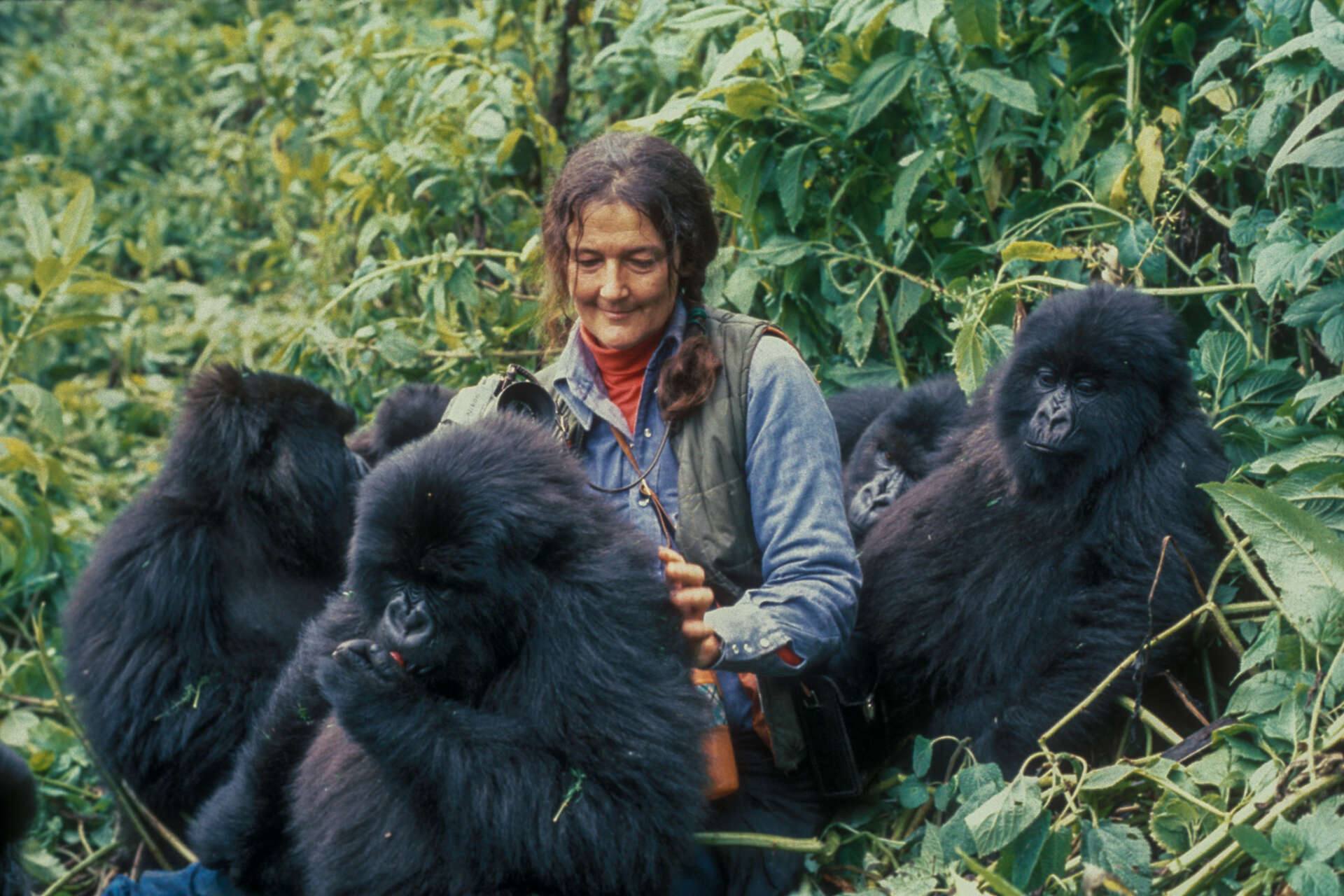Summary of Who Runs the (Natural) World: Girls:
Brooke Fortune’s article from March 25, 2024, celebrates Women’s History Month by honoring women’s extraordinary contributions to conservation. Despite the field often being associated with male figures, women have made significant marks, from pioneers like Rosalie Edge to iconic 20th-century activists like Jane Goodall. The article profiles ten female conservation heroes who have played pivotal roles in advancing conservation efforts and reshaping the future possibilities of the field. These remarkable women, including Florence Merriam Bailey, Gloria Hollister Anable, Margaret “Mardy” Murie, Rachel Carson, Eugenie Clark, Dian Fossey, Mollie H. Beattie, Saengduean “Lek” Chailert, Paula Kahumbu, and Leela Hazzah, are celebrated for their groundbreaking work in ornithology, marine biology, wildlife conservation, and beyond, showcasing the diverse and powerful impact women have had on conservation worldwide.
– The pivotal role of women in wildlife conservation and zoo management
– Bridging scientific research and community involvement in conservation efforts
– Innovations and advancements led by women in the field of zoology and environmental science
– The impact of education and awareness campaigns on global conservation initiatives
– Strategies for sustaining biodiversity through female-led conservation programs
Wildlife conservation and zoo management have historically been male-dominated, but in recent years, women have emerged as leading figures in shaping the future of environmental stewardship. Their contributions span from groundbreaking scientific research and innovative conservation strategies to influential educational campaigns, profoundly affecting global efforts to preserve our natural world. This article explores the significant impact of female scientists, conservationists, and zoo professionals in fostering a more sustainable and diverse approach to wildlife protection and environmental education.
Women in conservation have played a crucial role in expanding our understanding of biodiversity and ecosystem function. Their work often bridges the gap between scientific research and community involvement, ensuring conservation initiatives are scientifically sound and socially equitable. By fostering collaborations between local communities, governments, and international organizations, women have been instrumental in establishing protected areas, reintroducing species to their natural habitats, and developing policies that promote sustainable land use and wildlife protection.
Female researchers in zoology and environmental science have led some of the most ambitious studies on animal behavior, genetics, and ecology. Their work has provided critical insights into the challenges facing endangered species, driving innovations in conservation technology, such as satellite tracking, genetic analysis, and habitat restoration techniques. These advancements have enhanced our ability to monitor and protect wildlife and deepened our comprehension of the complex interactions within ecosystems.
Education and awareness are vital components of effective conservation, and women have also taken the lead. Through public campaigns, documentary films, and educational programs, female conservationists have raised awareness about threats to biodiversity, such as habitat destruction, climate change, and illegal wildlife trade. By captivating the public’s imagination and cultivating a deeper appreciation for the natural world, these campaigns have mobilized support for conservation efforts and inspired the next generation of environmental stewards.
Sustaining biodiversity in the face of growing environmental challenges requires innovative, multisectoral approaches, and female-led conservation programs have been at the forefront of developing these strategies. From community-based wildlife monitoring to international conservation financing mechanisms, women have spearheaded efforts that address the root causes of biodiversity loss. These programs aim to protect species and ecosystems and enhance the livelihoods of people who live close to biodiversity hotspots, thereby creating a harmonious balance between human needs and wildlife conservation.
The contributions of women to wildlife conservation and zoo management reflect a broader shift toward more inclusive, holistic approaches to environmental stewardship. Female conservation leaders are shaping a more resilient and sustainable future for our planet by integrating scientific expertise, community engagement, and innovative solutions. Their work exemplifies the power of diverse perspectives in tackling some of the most pressing conservation challenges of our time, illustrating that when it comes to protecting our natural world, women’s contributions are valuable and indispensable.


